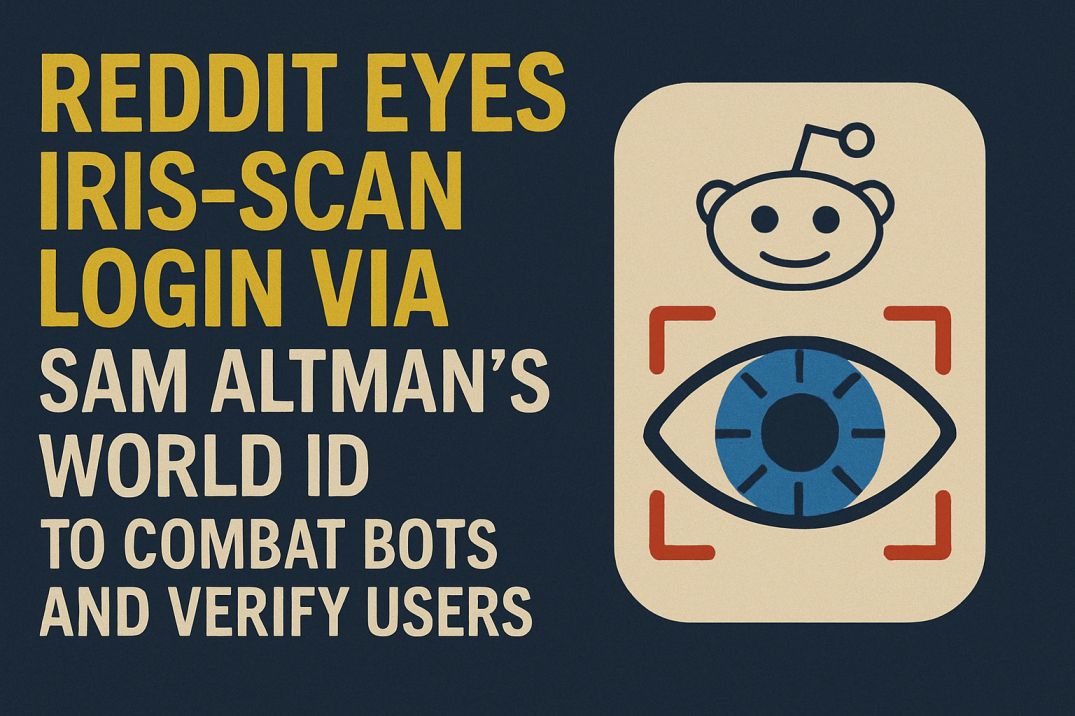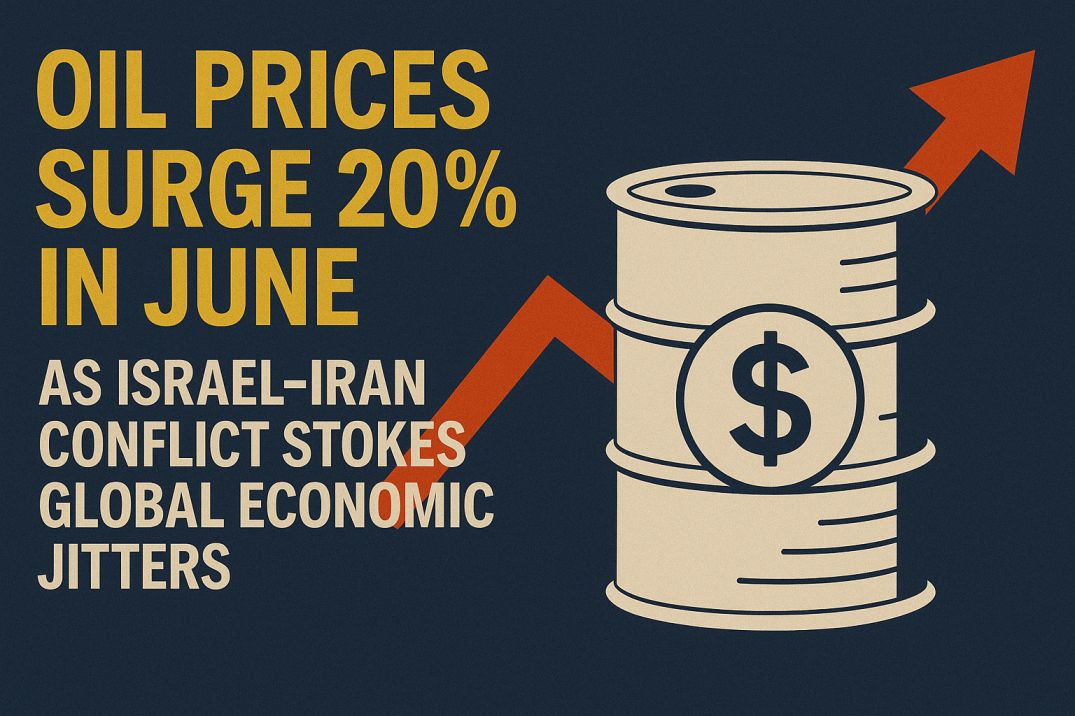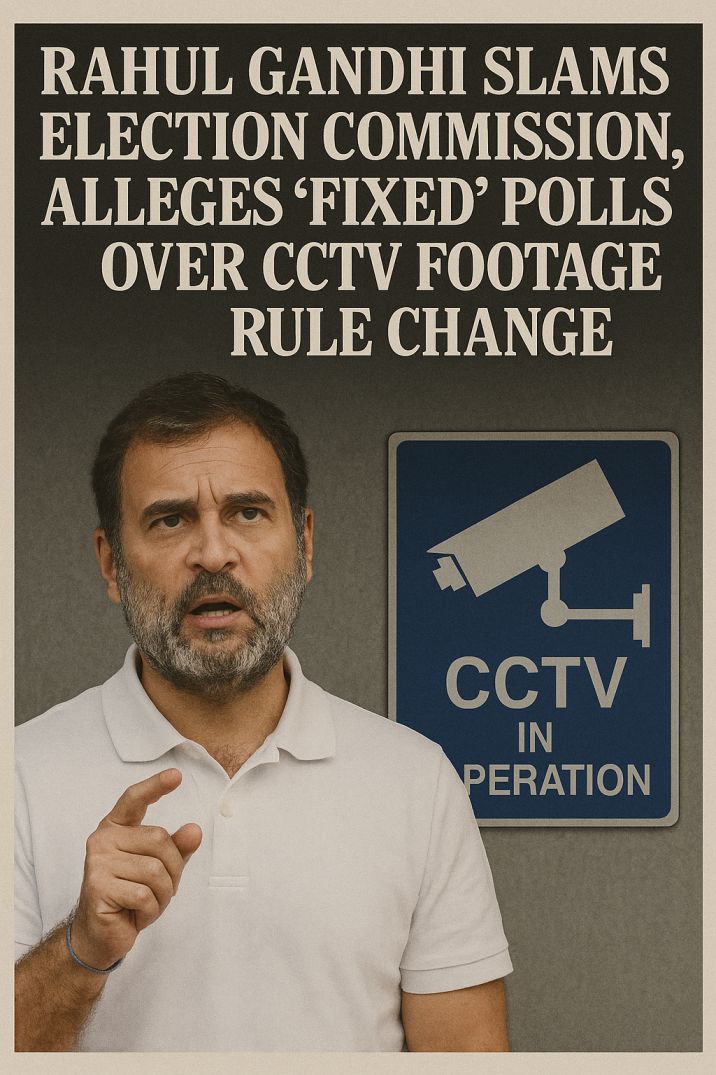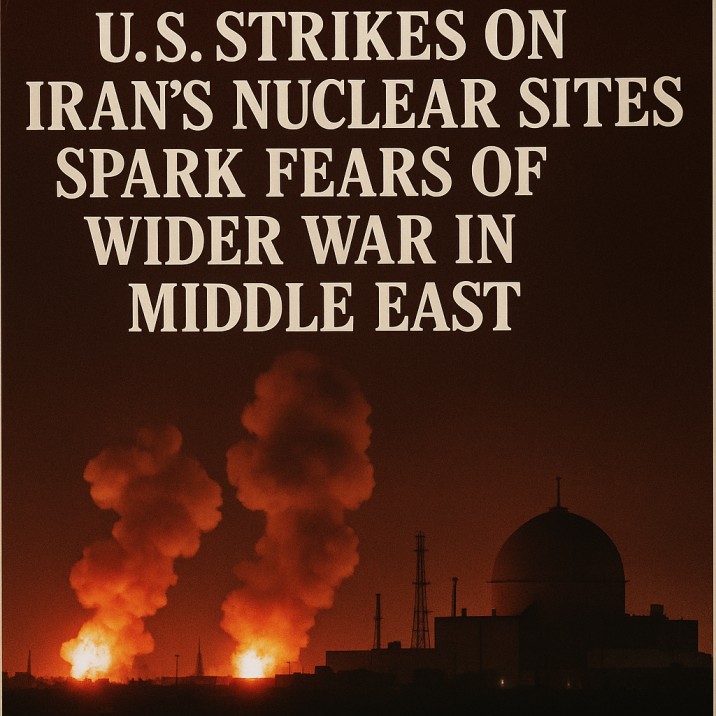
A recent derailment incident involving a commuter train in Chicago has led to significant disruptions in the city’s transportation system.
The incident has resulted in delays and cancellations, affecting thousands of daily commuters who rely on the train service for their travel needs.
Authorities are investigating the cause of the derailment, and initial reports indicate that it may have been due to a mechanical issue. The impact of this incident highlights the importance of maintaining the city’s infrastructure to prevent such occurrences.
Overview of the Chicago Train System
Chicago’s rail network is key for thousands of daily commutes. It’s a complex system that helps people travel across the city.
Rail Transportation Importance
Rail transport is essential in Chicago. It’s a green way to move many people. It links the city to the suburbs for work, school, and more.
It also cuts down on road traffic. This reduces air pollution and makes the city greener.
Key Train Routes
Chicago’s trains are run by Metra and Amtrak. Metra goes to the suburbs, and Amtrak to other cities.
Some major routes include:
- The Union Pacific North Line, from Kenosha, Wisconsin, to Chicago.
- The Metra Electric District, for the South Side of Chicago.
- Amtrak’s California Zephyr, from Chicago to Emeryville, California.
Daily Passengers
Many people use Chicago’s trains every day. Metra alone carries over 300,000 on weekdays.
| Operator | Average Daily Passengers | Main Routes |
|---|---|---|
| Metra | 300,000+ | Suburban to city center |
| Amtrak | 50,000+ | Intercity services |
This shows how important trains are in Chicago’s transport. They are a big part of daily travel.
Details of the Recent Derailment
A recent train derailment in Chicago has raised concerns about rail safety. This incident has affected many Chicago train routes. It has caused disruptions for thousands of commuters.
Location and Time of the Incident
The derailment happened around 8:45 AM near a major Chicago train station. Witnesses said the train was moving at a moderate speed when it derailed.
Train Involved and Its Schedule
The train involved was the Blue Line, a key commuter rail service. It runs through several important Chicago train stations. It was set to leave the suburbs at 8:30 AM, heading to the city center.
Immediate Aftermath of the Accident
Emergency services were quickly called to the scene after the derailment. Passengers were safely evacuated. There were no major injuries reported.
The derailment caused big delays on many Chicago train routes. Services were stopped until further notice.
Investigations into the derailment’s cause are ongoing. Early reports point to a possible mechanical failure. This incident shows how vital regular maintenance and safety checks are for the rail network.
Impact on Commuters
The derailment of a Chicago train has caused big problems for those who use the railway. It has made the daily commute hard for thousands, leading to delays and trouble.
Schedule Disruptions and Delays
The train derailment caused big problems with the schedule. Many services were canceled or delayed. People had to wait a long time and change their plans.
- Multiple train services were suspended to facilitate investigation and cleanup.
- Delays were reported on several major routes, affecting peak-hour commuters.
- Alternative arrangements were made for passengers to reach their destinations.
Alternative Transportation Options
When the derailment happened, authorities offered other ways to travel. They provided shuttle buses and other railway lines to help people get where they needed to go.
Key alternative transportation measures included:
- Shuttle buses operating between affected stations.
- Rerouting of trains through alternative lines.
- Enhanced bus services to accommodate displaced passengers.
Passenger Safety Protocols
The incident showed how important safety is for passengers. Authorities said safety is their main goal, with steps to prevent such incidents in the future.
Enhanced safety measures include:
- Regular maintenance and inspection of trains.
- Training programs for staff to handle emergencies.
- Implementation of advanced safety technologies.
Looking at how the derailment affected commuters and the steps taken, it’s clear. The focus is on reducing disruption and keeping everyone safe.
Response from Authorities
The response to the Chicago train derailment has been quick and thorough. Many agencies are working together to manage the situation and find out what happened.
Investigating Agencies Involved
The National Transportation Safety Board (NTSB) is leading the investigation. They are working with local transit groups. The NTSB will look into possible causes like mechanical issues or human mistakes.
Key agencies involved include:
- The National Transportation Safety Board (NTSB)
- Metra
- Amtrak
- Chicago Transit Authority (CTA)
Official Statements from Metra and Amtrak
Metra and Amtrak have spoken out about their commitment to safety. They are working with the NTSB and other groups. They also talked about their plans to keep services running smoothly.
“The safety of our passengers is our top priority,” said a Metra spokesperson. “We are fully cooperating with the NTSB and other authorities to determine the cause of the derailment.”
Timeline for Recovery Operations
The recovery efforts are being watched closely. The goal is to get services back to normal as fast as possible. Here are the main steps:
- Assessing damage to the train and tracks
- Cleaning up the derailment site
- Fixing or replacing damaged tracks and signals
- Starting train services again

, the affected area is key to Chicago’s rail network. Getting it back in order is a priority.
Community Reactions
The recent train derailment in Chicago has caused a lot of reactions. It affected many commuters and showed the Chicago subway system is vulnerable. People have shared their thoughts and feelings about it.
Public Sentiment on Social Media
Social media is full of talk about the derailment. Commuters have shared their stories and worries about the rail network’s safety. Some are upset about the delays, while others are supporting those who were affected.
Looking at social media, it’s clear many are worried about the safety and reliability of Chicago’s rail services. The hashtag #ChicagoTrainDerailment was trending, with calls for better safety and quicker emergency responses.
Local News Coverage
Local news has covered the derailment a lot. They’ve talked about how it affected commuters and what the authorities did. News channels have interviewed people who were on the train or affected by it.
The news has shown the need for strong safety measures and good rail infrastructure. Local stations have also talked about how to improve the Chicago subway system to avoid such incidents.
Statements from Affected Commuters
People who were on the train or affected by it have shared their scary stories. “I was on my way to work when the train suddenly stopped and derailed. It was a terrifying experience,” said one commuter.
Another commuter was upset about the lack of clear information during the incident. “There was a lot of confusion and panic. We were not given clear instructions on what to do or what was happening.”
| Aspect | Public Sentiment | Local News Coverage | Commuters’ Statements |
|---|---|---|---|
| Safety Concerns | High | Extensive | Fear and Frustration |
| Service Disruption | Moderate | Significant | Inconvenience |
| Emergency Response | Mixed | Detailed | Mixed Reactions |
Long-Term Effects on Rail Operations
The derailment has led to a deep look at Chicago’s rail operations. This could bring big changes as the city rebuilds. Several key areas will likely be affected.
Potential Changes to Safety Regulations
After the derailment, new safety rules might be put in place. These could include more checks on tracks and better training for rail workers.
Some possible new safety rules are:
- More frequent track checks
- Required advanced training for train drivers
- Use of new safety technologies
Upgrades to Infrastructure
The derailment shows the need for better rail infrastructure in Chicago. This could mean updating signaling, strengthening tracks, and fixing bridges.
| Infrastructure Component | Potential Upgrade | Benefit |
|---|---|---|
| Signaling Systems | Modernization to advanced signaling | Improved safety and efficiency |
| Tracks | Reinforcement and replacement | Reduced risk of derailments |
| Bridges | Structural enhancements | Increased durability and safety |
Stakeholder Responsibilities
Many groups, like rail companies, regulators, and local officials, must work together. They need to make sure Chicago’s rail system is safe and reliable for the long term.
Key Stakeholder Responsibilities:
- Rail Operators: Follow safety rules and keep the infrastructure in good shape
- Regulatory Agencies: Make sure everyone follows safety laws
- Local Authorities: Help with infrastructure projects and handle emergency responses
Historical Context of Train Safety in Chicago
To understand train safety in Chicago, we must look at past incidents and their effects on safety today. The city’s public transportation system, including its rail network, has changed a lot over time.
Previous Incidents and Lessons Learned
Chicago has seen many train incidents that have shaped its safety rules. For example, a big derailment happened on November 20, 2013. A Metra train crashed into a hydraulic lift near O’Hare Station, hurting 45 people. These incidents led to better safety steps, like better brakes and stricter maintenance.
Looking at these incidents, we see how regulatory oversight and technological advancements have improved safety.
Comparing with Other Major Cities
Chicago’s train safety can be compared to other big cities like New York City and San Francisco. Each city faces its own challenges, but they all use similar safety steps. These include regular checks and advanced signaling systems.
| City | Major Incidents | Safety Measures |
|---|---|---|
| Chicago | 2013 Metra Derailment | Enhanced Braking, Regular Maintenance |
| New York City | 2017 Subway Derailment | Advanced Signaling, Increased Surveillance |
| San Francisco | 2008 BART Crash | Automated Train Control, Enhanced Training |
Developments in Train Technology
New train technology has greatly improved safety in Chicago’s rail network. Modern trains have advanced brakes and collision avoidance systems. These have been key in lowering accident risks and boosting safety.
The use of new tech in Chicago’s public transportation shows a trend towards safer and more efficient urban rail systems. As Chicago grows, its rail system will keep being a key part of its transport network.
Conclusion and Future Outlook
The recent Chicago train derailment shows how important safety and efficient rail operations are. Chicago is a key rail hub, connecting the city and suburbs with many train routes. This makes daily commutes smoother for many people.
Key Takeaways and Preparations
The derailment points to the need for better rail infrastructure and safety rules. By studying the response, officials can find ways to improve. They can work on reducing the effects of future incidents on train routes.
Future of Chicago’s Public Transportation
Chicago plans to upgrade its rail network with new technologies and safety rules. This will make trains more reliable and improve the travel experience. Chicago’s public transport will stay a key part of the city’s infrastructure.





























































